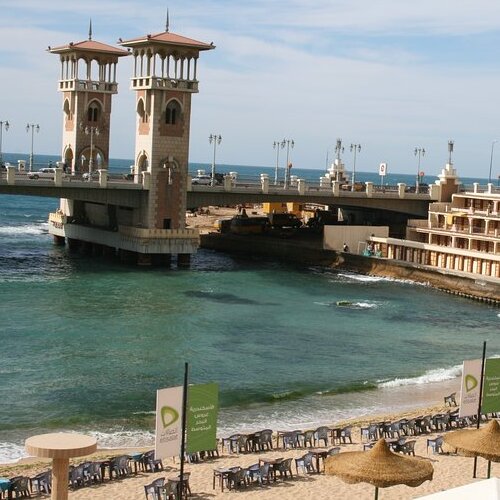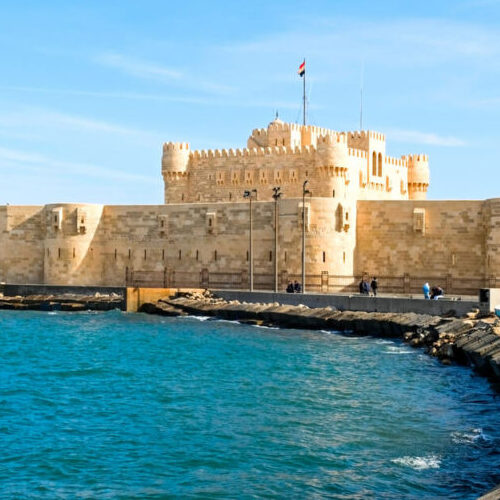Alexandria Travel Guide
Alexandria
Alexandria, the second-largest city in Egypt and a significant Mediterranean port, is steeped in history and cultural significance. Founded by Alexander the Great in 331 BC, it has evolved from a small Egyptian village, Rhacotis, into a bustling urban center with a rich historical legacy.
Historical Overview
- Founder: Alexander the Great.
- Original Egyptian Village: Rhacotis.
- Pharos Lighthouse: One of the Seven Wonders of the Ancient World, collapsed in the 14th century.
- Great Library of Alexandria: A center of learning, housing the largest collection of ancient manuscripts; unfortunately destroyed in 48 BC.
- Ptolemaic Rule: The city thrived as the capital under Egypt’s Ptolemaic dynasty.
- Roman Empire: Became part of the Roman Empire after Cleopatra VII’s death.
- Catastrophic Event: Major parts of the city sank in the sea due to a massive earthquake in 365 AD.
Modern Developments
- Underwater Archaeology: Recent technological advances have enabled archaeologists to uncover early monuments.
- Key Discoveries: Significant finds in the eastern harbor by teams led by Jean-Yves Emperdeur, Franck Goddio, and the Egyptian Supreme Council for Antiquities.
- Future Underwater Museum: Plans to build the world’s first underwater archaeological museum, showcasing sunken monuments.
Cultural Significance
- Integration of Cultures: Alexandria represents a blend of Egyptian, Greek, and Roman cultures.
- Current State: Much of ancient Alexandria has been built over, leaving few visible remnants of its past.
- Tourism and Heritage: The city continues to attract visitors with its historical sites and Mediterranean charm.
Proposed Underwater Museum
- Concept: A museum that makes underwater archaeological sites accessible without diving.
- Structure: Three floors, including an underwater tunnel for viewing submerged artifacts.
- Goal: To provide a unique view into Cleopatra’s sunken town and other archaeological treasures.
Alexandria, with its layered history, remains a testament to the confluence of civilizations and a symbol of Egypt’s enduring allure. The proposed underwater museum, once realized, will add another dimension to exploring this ancient city’s past.
Created On April 22, 2020
Updated On January 26, 2024
ALEXANDRIA Travel Guide



